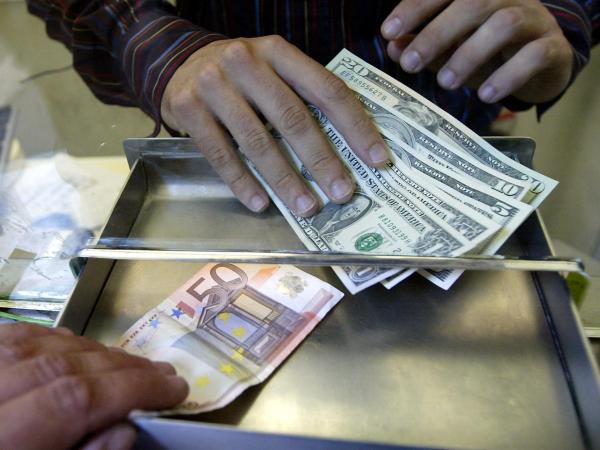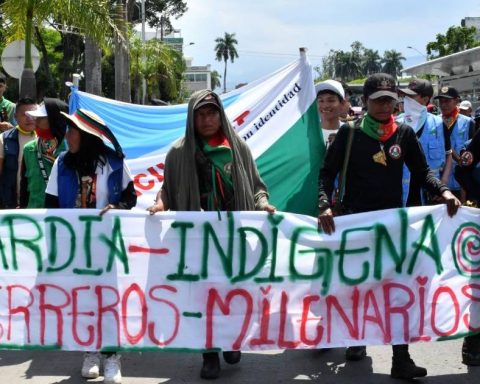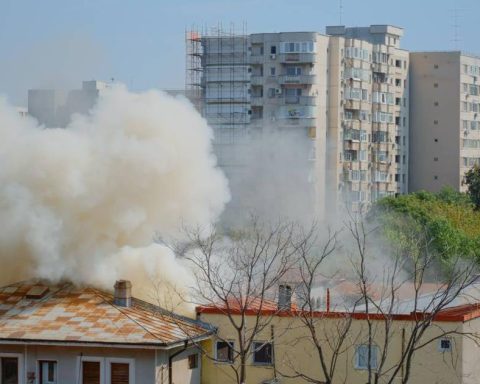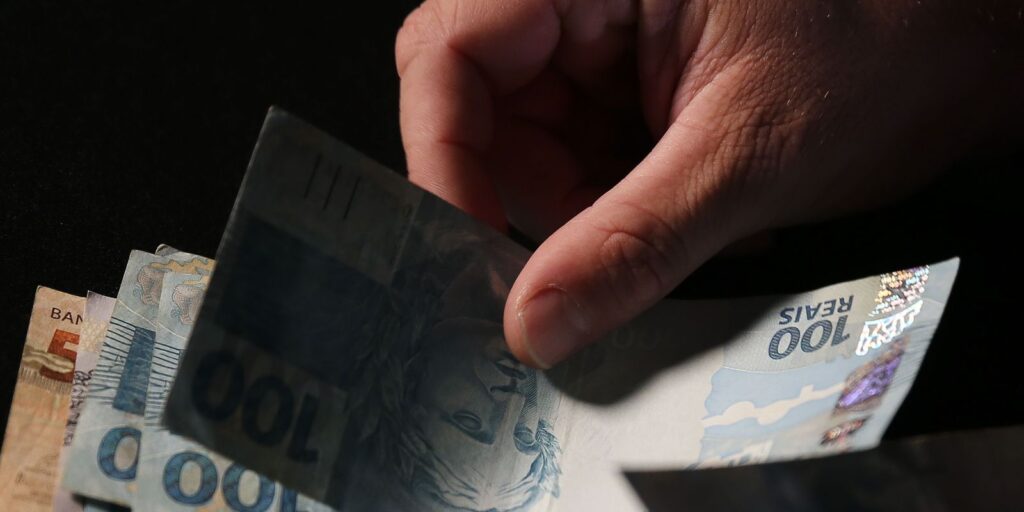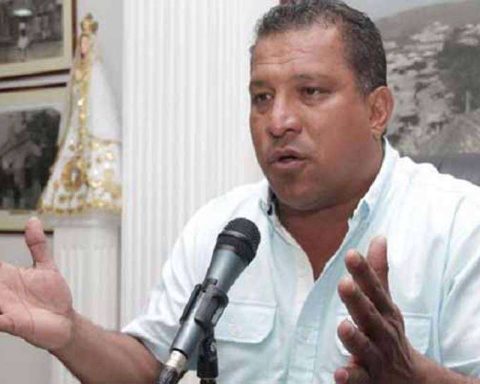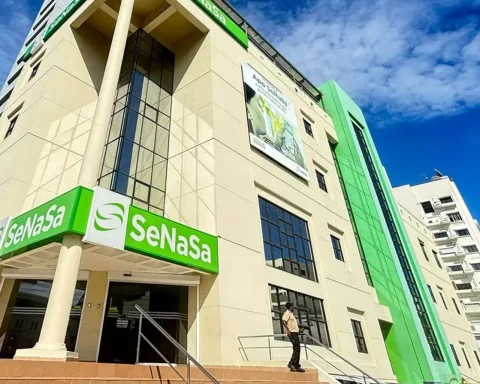The pre-electoral climate that Colombia is experiencing would be influencing the investment flows that arrive in the country directly (FDI) and to portfolios of national titles, since the figures in both cases suffered in January.
(Read: Companies that have made large profits from covid-19).
According to figures from the Exchange Balance of the Bank of the Republic, in January the FDI was US$962 millionwith a decrease of 26% compared to the behavior of the same month of 2021, when US$1,300 million arrived.
During the past year, FDI had shown a slight rise in nominal terms of 4.84% closing at US$7,166 million Well, in 2020, the year of the worst economic crisis, the figure was US$6,835 million.
According to Ana Vera, chief economist at the firm Inon Capital, foreign investment in the country “is responding to the lower appetite of international investors, not only in the Colombian case but in the region, for example, it has had the largest capital outflows in the last decade, as well as Peru, Chile (countries where left-wing rulers were recently elected ), the panorama of the region suffers from the geopolitical environment as well as doubts about interventions by populist governments in the legal and tax structure”.
ITS IMPORTANCE
FDI is normally the most effective and sustainable mechanism to finance the external imbalancethe country’s current account imbalance, which is why before the pandemic it was the main source of this financing.
(Read: Minhacienda begins visit to the US to promote investment in Colombia).
For Sergio Olarte, chief economist at Scotiabank Colpatria, “during 2020 there was a very important drop in this FDI and in 2021 there was a recovery of about US$1,000 million, but the deficit, which was more than US$10,000 million, has not yet been definitively financed”.
According to the analyst, at the end of 2021, foreign direct investment “began to be much more dynamic, especially with higher oil prices and with the reactivation of the economy. At the same time, FDI has been seen towards mining, oil and manufacturing. It is expected that this year, with an encouraging start of around US$962 million, it will once again be the main source of financing the current account deficit” and warns that it is necessary to “observe a little more the inflows in the part of commerce and hotels , where he estimates greater dynamism”.
PORTFOLIO DEPARTURES
According to the Issuer’s figures, foreign portfolio investment closed 2021 with a positive balance of US$107 millionwhile at the end of 2020 the figure was also positive but for US$694 million.
In 2021 in four months (April, May, June and August) there were capital inflows to portfolios, and in the other months there were outflows of those capitals, usually called ‘swallow’.
(Keep reading: Triple A Committee recommends lowering tariffs on 179 imported products).
However, in January of this year the liquidation and outflow of foreign capital resources from portfolios for US$74 million was presented again, US$13 million more than in the same month of 2021.
For Ana Vera, in the case of Colombia we have been seeing significant outflows of capital in investors from public debt with the increases and devaluations of greater magnitude and marked in an environment of inflation and rising rates.
For his part, Sergio Olarte considers that ultimately higher interest rates have devalued public debt securities in emerging countries and that has meant that, although some portfolio inflows have been seen, these have not been as dynamic as at the beginning of last year.
“It is expected that they will continue to arrive since TES and public debt in Colombia are a very dynamic market, very liquid and international markets are interested, however the participation of international markets is already close to 26% of the total debt. in local currency, in such a way that a very dynamic entry is not estimated for this year, in addition to all the impact of the elections”.
BRIEFCASE
